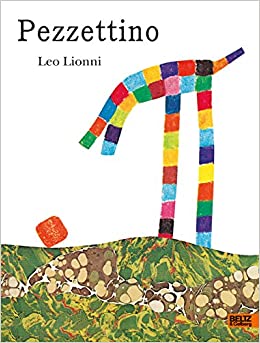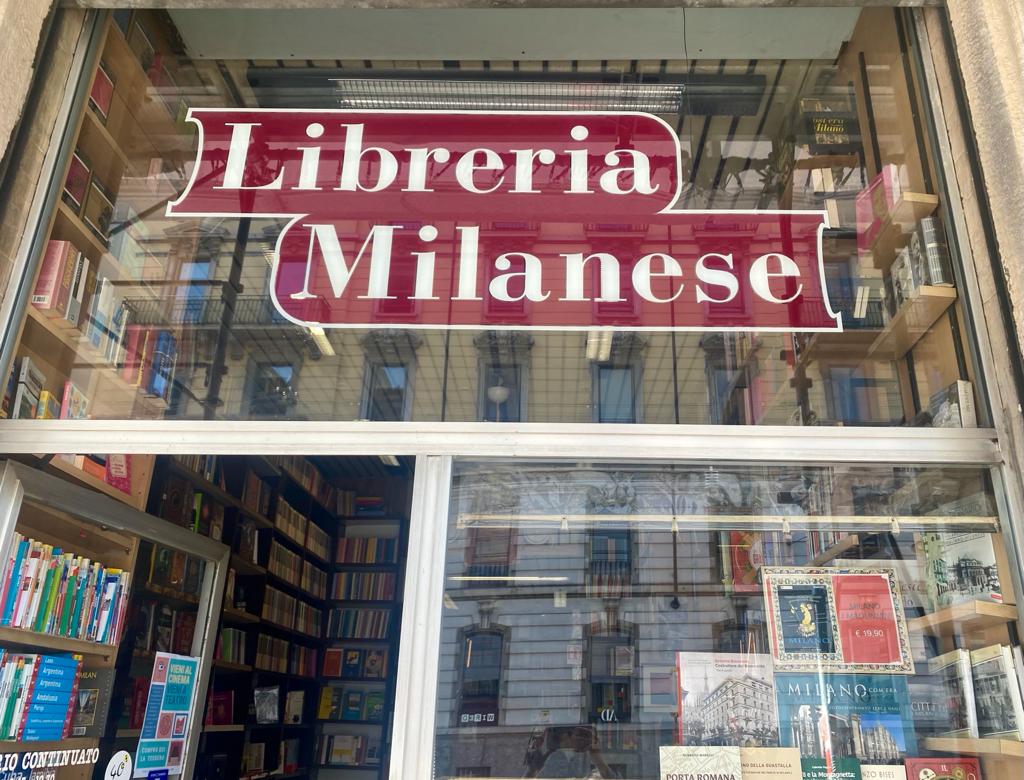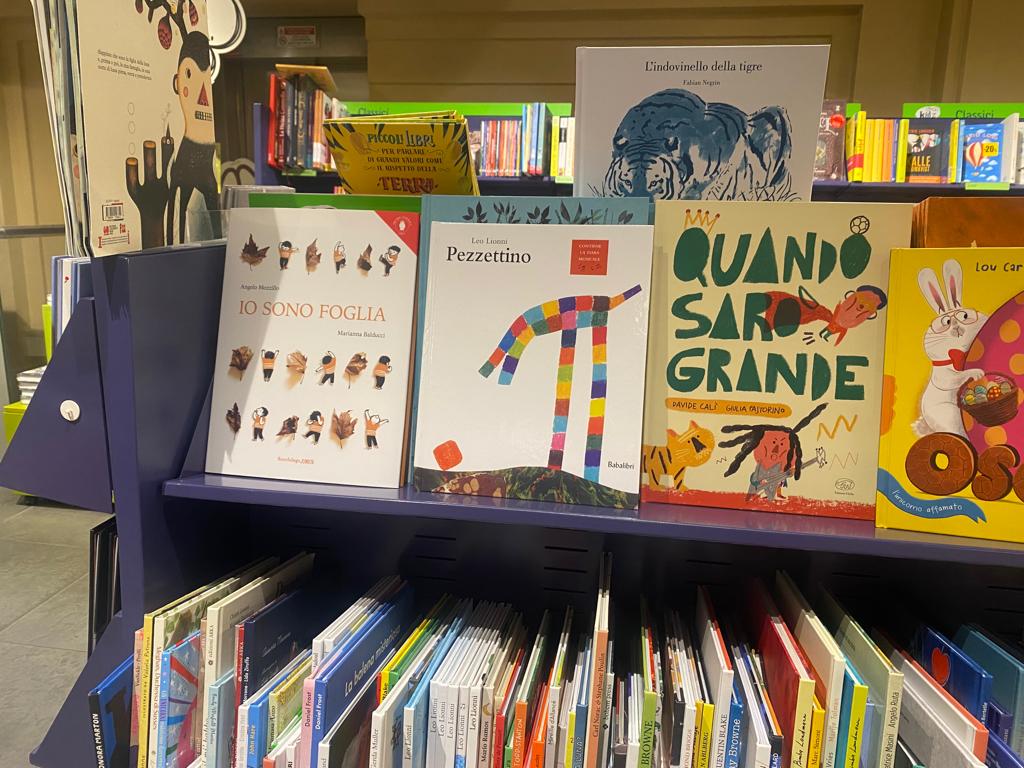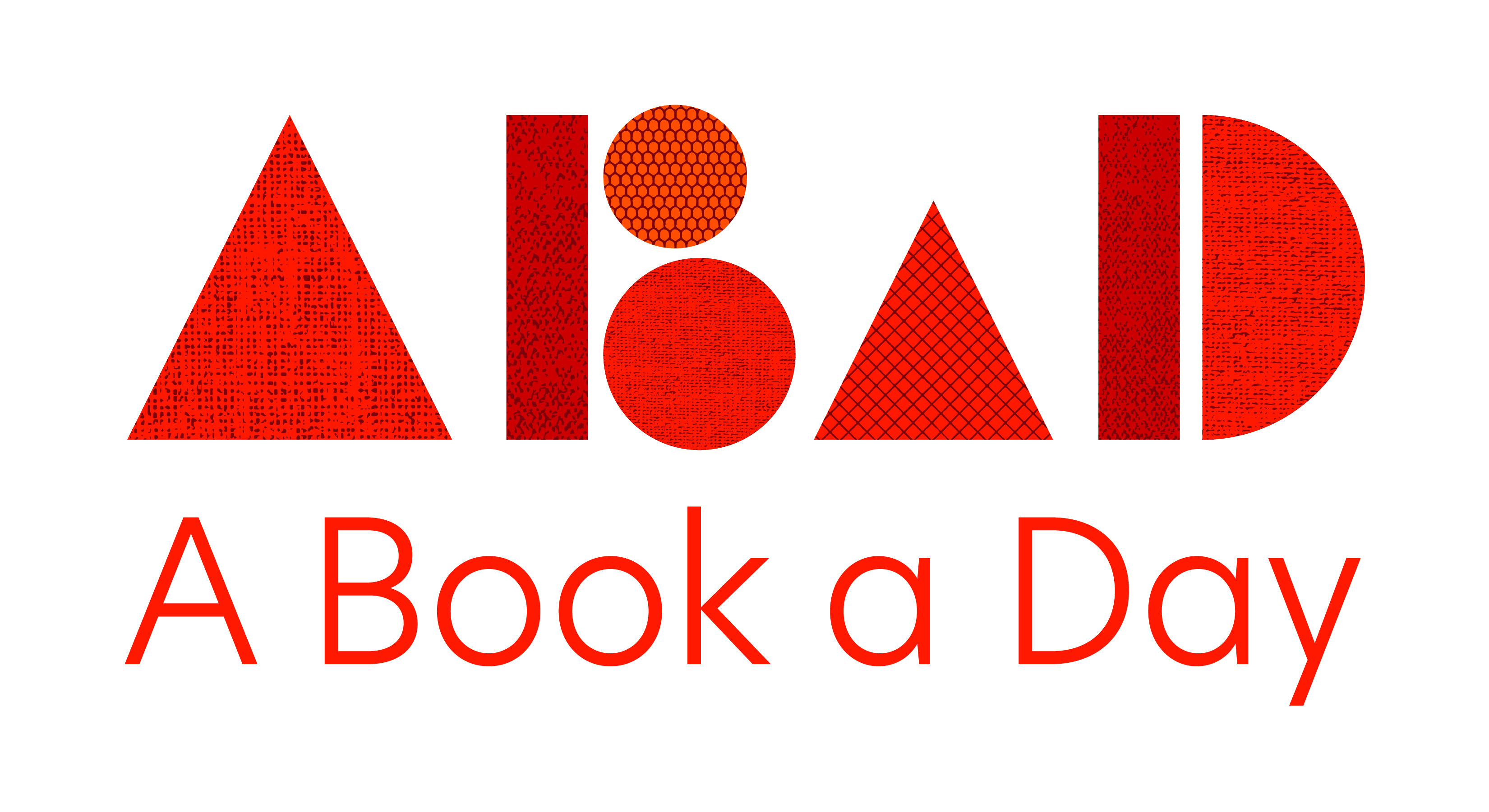Teachers’ Pick • Juliana Marino

Book recommendation: Pezzettino

Why: As a child, I was always captivated by stories. I would eagerly wait for my father to come home from work, hoping he would share a bedtime story as he kissed me goodnight. A natural storyteller, my father would craft beautiful tales of his childhood and my Italian relatives. These stories became a window into my family’s culture and history, as images of my grandparents immigrating to the U.S. filled my head. That is the beauty of storiesーthey pull us into our past and teach us a history to which we are forever tethered.
When I was in second grade, I wrote my first story. Each week, my second grade teacher read aloud a story to the class as a creative break from lessons. One week, she read the picture book, “The Day Jimmy’s Boa Ate the Wash.” After finishing the story, however, we didn’t start our math lesson like usual. Instead, my teacher asked us to write our own story using Jimmy’s Boa as our main character. This was both an exciting and daunting task for me because I was a kid who read and listened to stories, but never wrote them. My eight-year-old self believed writing books was a special job for adults only.
Pencil in hand, I started to brainstorm ideas for my story about Jimmy’s Boa. I let my imagination guide me and wrote a story that sent Jimmy’s Boa on an adventure around the world—a dream trip for my eight-year-old self. In my story, Jimmy’s Boa “played soccer against the giraffes…went to Rome and made a wish in the fountain…and danced with rhinos in Australia.”

That assignment has always stuck with me over the years because it gave my eight-year-old self the confidence to write my own stories. I had already loved reading and listening to stories, but my second grade teacher taught me that I could write them too. Using my imagination to send Jimmy’s Boa on a world adventure, encouraged me to look within myself for creative inspiration.
Flashforward fifteen years later. My passion for writing and reading has sent me across the Atlantic Ocean, landing in Italy. I now live in Milan where I’m enrolled in a Master’s program, The Art and Industry of Narration. Every day on my walk to the university, I pass by an elementary school, smiling as the young children in blue smocks gather and laugh in front of the fourteenth century school building.

When I first moved to Milan, I spent most of my time after class exploring the city’s bookshops. Homesick, I gravitated toward my comfort: books. One warm afternoon in October, I stumbled upon a bookstore tucked in the corner of a cobblestone alley. The vibrant book covers gave the dusty, wooden shelves life. As I wandered through the bookshop, one cover caught my eye. Its rainbow color palette and abstract design stood out against the other children’s books.

“Pezzettino” was the name of the book, which translates to “little piece.” While the book’s artwork initially captured my attention, I fell in love with the storyline. The main character, Pezzettino, is a small piece living in a world among big pieces. Believing he must be a lost part of somebody else, he decides to embark on a journey to find his identity. However, during this adventure, Pezzettino realizes that he is not a part of someone else, but rather his own person.


Reading “Pezzettino” reminded me of my assignment in second grade. The story of Pezzettino encourages young readers to embrace their individuality and recognize their worth. As a narrative that explores the complexity and beauty of identity, “Pezzettino” empowers young readers to look within themselves for inspiration and creativity. This is an essential message for young students to learn.
In a world where STEM programs are often emphasized, it’s important to provide students with the opportunity to fall in love with reading and writing. Storytelling transcends generations and cultures, while teaching us valuable lessons. Writing stories teaches children how to develop a character, which fosters empathy. Thinking about how another person acts and feels helps us nurture an open and compassionate mindset.
The more children explore their own thoughts and ideas, the more they’ll look within themselves for creative inspiration and gain the confidence to recognize that their imagination is powerful.
Lesson plan idea: For teachers looking for a reading and writing activity, consider incorporating Pezzettino into your classroom. Start the lesson by reading Pezzettino to your class. After finishing the story, ask your students what makes a story? This is a simple way to create an opening into discussing characters and plot.
After learning about the different elements of storytelling, provide your students with a free-writing opportunity. During this writing time, students can use Pezzettino as the main character in their own story, or simply use the narrative as a blueprint to build off of. This is often less daunting than staring at a blank page. My hope is that students realize that their imagination has the power to turn words into a unique story. If you want to expand this learning exercise into group work, organize the students into groups of three or four, and have the students share their Pezzettino stories.
